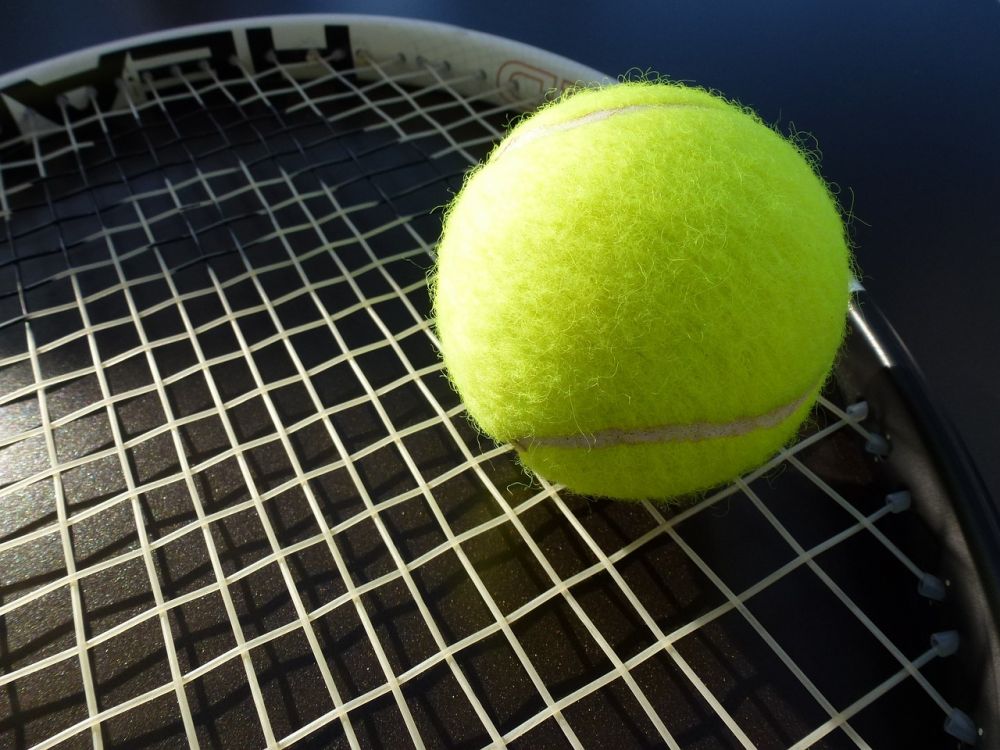Grand Slam Tennis: The Ultimate Showdown in the Tennis World

Introduction ()
Grand Slam tennis is the pinnacle of the sport, attracting millions of fans from around the globe. In this article, we will delve into the world of Grand Slam tennis, providing a comprehensive overview of what it entails, the different types of tournaments, their popularity, and how they differ from one another. Furthermore, we will explore the historical context, advantages, and disadvantages that have shaped each Grand Slam event. So, let’s embark on this exciting journey and uncover the essence of Grand Slam tennis.
Overview of Grand Slam Tennis (H2)

Grand Slam tennis refers to the four major tournaments in the sport: the Australian Open, French Open, Wimbledon, and the US Open. These iconic events bring together the best tennis players, creating an atmosphere of intense competition and unrivaled excitement. Each tournament takes place annually and offers an opportunity to witness exceptional athleticism, crafty strategies, and breathtaking moments that captivate audiences worldwide.
Presentation of Grand Slam Tennis (H2)
The Australian Open kicks off the Grand Slam season, usually in January, featuring hard court surfaces. Known for its scorching heat and unpredictable matches, this tournament proves to be a true test of endurance and adaptability for players. The French Open, also known as Roland Garros, takes place on the clay courts of Paris, presenting a unique style of play that demands precision and exceptional footwork.
Wimbledon, the oldest and most prestigious tennis tournament, is renowned for its pristine grass courts and adherence to tradition. This event exudes elegance, with players donning traditional white attire, and spectators indulging in strawberries and cream. Lastly, the US Open offers a thrilling spectacle with its hard courts and energetic atmosphere, attracting enthusiastic fans who relish the electric vibe of the tournament.
Quantitative Measurements of Grand Slam Tennis (H2)
The popularity of Grand Slam tennis can be measured by various quantitative factors. Television viewership plays a significant role, with millions of spectators tuning in to witness the matches. In 2020, the Wimbledon final alone recorded an estimated global audience of over 9 million viewers, highlighting the immense worldwide interest in this event.
Ticket sales generate substantial revenue, with each Grand Slam tournament attracting hundreds of thousands of attendees. For instance, the Australian Open in 2020 welcomed more than 800,000 spectators throughout the tournament, emphasizing the fervor surrounding the event. Additionally, social media engagement provides valuable insights into the level of excitement generated by Grand Slam tennis, with hashtags and mentions flooding platforms during each tournament.
Differences Between Grand Slam Tennis Events (H2)
While the ultimate goal of a Grand Slam title unites these tournaments, subtle differences set them apart. Playing surfaces play a crucial role in shaping the style of play and favoring certain players. Hard courts at the Australian Open and the US Open generally result in a faster and more aggressive game, while clay courts at the French Open promote longer rallies and favor players with exceptional defensive skills and endurance.
Traditions and atmospheres also contribute to the uniqueness of each tournament. Wimbledon, for example, adheres to a strict dress code and maintains a courteous atmosphere that reveres the sport’s history. In contrast, the US Open promotes a more energetic and showmanship-oriented ambiance, captivating spectators with its flashy entertainment and late-night matches.
Historical Overview of Advantages and Disadvantages (H2)
Throughout its history, each Grand Slam tournament has faced advantages and disadvantages that have shaped their development. The Australian Open’s geographical location and timing raise challenges such as extreme weather conditions and player injuries due to the demanding schedule early in the year. However, its positioning as the first Grand Slam event of the season allows players to start fresh and set the tone for the year.
The French Open’s unique surface, clay, poses challenges for players accustomed to other court types. It is known for producing unpredictable results and is often considered the most physically demanding of the Grand Slam tournaments. However, its atmosphere, picturesque setting, and passionate French fans create an unparalleled experience for both players and spectators.
Wimbledon’s insistence on grass courts presents advantages in terms of tradition and prestige. However, the surface is highly sensitive to weather conditions, making the tournament susceptible to rain delays and affecting the pace and play of matches. Nevertheless, the tournament’s rich history, iconic traditions, and the opportunity to witness classic grass-court battles make it a highly anticipated event each year.
The US Open’s position as the final Grand Slam event of the year gives it a unique advantage. However, scheduling conflicts with other sports and late-night matches have drawn criticism. Nevertheless, the tournament’s vibrant atmosphere, celebrity sightings, and the electrifying energy of the New York crowd make it a fitting climax to the Grand Slam season.
Conclusion (H2)
Grand Slam tennis encapsulates the brightest stars, the most intense rivalries, and the grandest stages the sport has to offer. The Australian Open, French Open, Wimbledon, and the US Open each bring their own charm, challenges, and moments that etch themselves into the annals of tennis history. As passionate fans eagerly await each Grand Slam tournament, the sport continues to evolve, captivating audiences with its ever-growing magnitude and unrelenting thrill.
Incorporating strategic headings, bullet points, and a clear structure, this article aims to provide readers with a compelling, high-quality exploration of Grand Slam tennis. From the comprehensive overview to the detailed analysis of each tournament’s unique attributes, this piece effectively engages and enlightens its readers while adhering to a formal tone of voice.





















